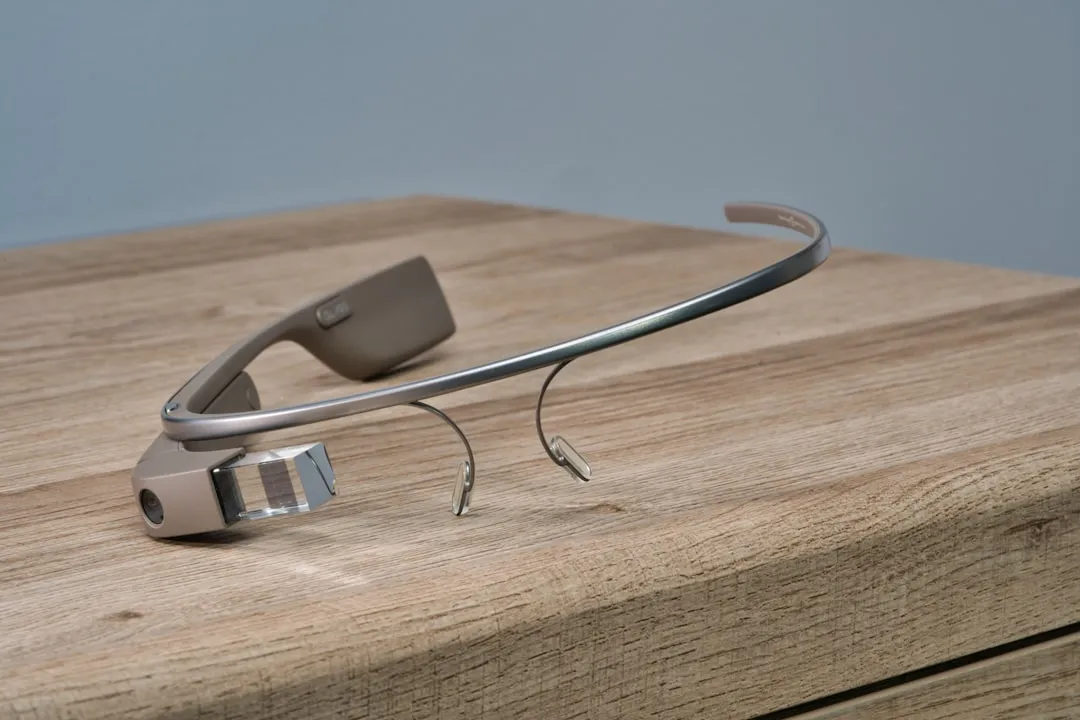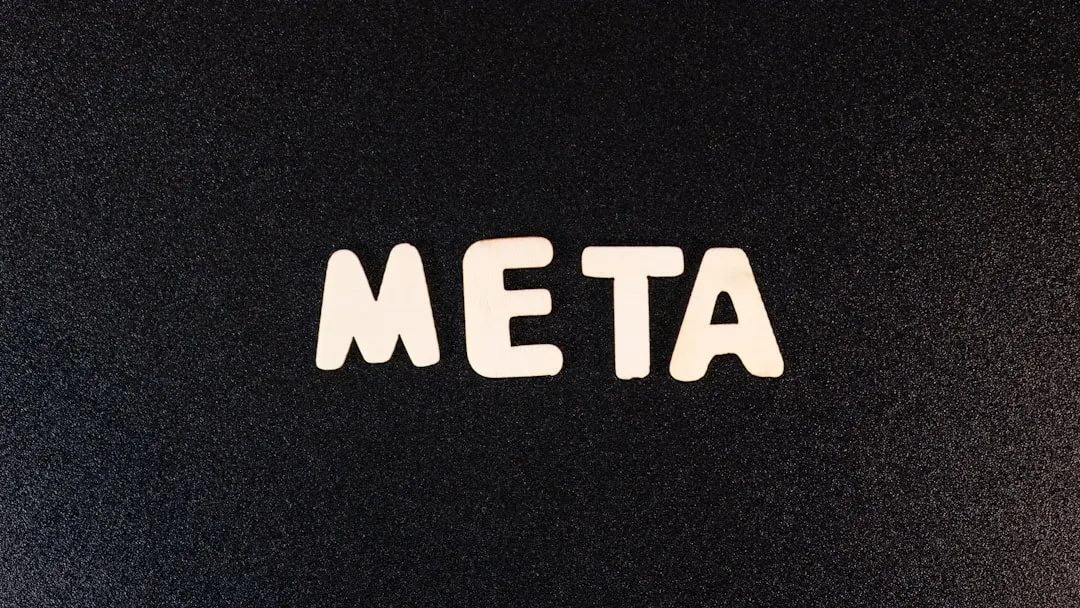This month, the power of artificial intelligence will be coming to more augmented reality developers as a leader in the game and 3D software development space and a major force behind the current school of cloud-based AI have officially announced a new partnership.
In a post on Unity's website on Tuesday, the company revealed a partnership with computing giant IBM to launch the IBM Watson Unity SDK. This programming interface will open up new cloud-based AI services for developers to use in their applications. And, with AR and AI having become increasingly intertwined technologies, this is only good news for AR developers.
Every day we generate 2.5 quintillion bytes of data. Data processing rates are growing continuously, so much that 90% of the data in the world today has been created in the last two years alone.
In a world that generates data at a far faster rate than we can analyze or utilize said data, spreadsheets and graphical charts only go so far in helping a data scientist discover new insights in their research. Therefore, finding new ways to see useful patterns in the massive collection of data requires looking at that data with new eyes. Enter AR.
Immersive Insights is a project that IBM has been working on to help find new 3D visualization methods using the power of an AR-driven visual environment. Adding the AI capabilities of IBM's Watson to such a project will allow for simple voice-driven manipulation of a user's research. And, with training, AI could also eventually help with spotting patterns in the data noise.
The IBM Watson Unity SDKs release focuses on incorporating two primary branches of AI to into Unity applications: speech recognition and computer vision.
Speech Recognition
Used frequently with smartphones, this discipline of AI, allows the user to give spoken commands to be carried out by their devices. The version that IBM is offering also comes with language translation and classification features.
Computer Vision
The ability for a computer to see something, whether through a camera or being given a picture, and having some understanding of what it's viewing is a branch of AI technology known as computer vision. While certainly still primitive, on a basic level, the technology is already here. This particular area of AI is slowly being adopted by many of the leaders in the AR space, including Microsoft, Vuforia, Blippar, and even Unity (via what it calls ML Agents). Adding one more option to the widening space, IBM's computer vision offering, known as Vision API, is also included with the IBM Watson Unity SDK.
If this technology is something that piques your interest, there is zero reason to hesitate. You can get in and get going with this technology with pretty much no investment other than your available free time. Both Unity and the IBM Watson Unity SDK are free downloads. And while there are optional features and services that require spending some money on IBM's Watson, signing up for an account with IBM is free.
Between speech recognition, computer vision, and general machine learning, the push for AI's use in AR has become something of a natural progression, if not an obvious marriage. Whether in your hand or worn on your head, having a device that not only understands what you say, but also has the capacity to respond intelligently, and even has the ability to see and understand the world around you, can, simply put, change everything. And with the continued efforts of companies like Unity and IBM now merging these technologies into easily consumable tools for developers, the day when this change moves from bleeding edge technology to commonplace tech feature is just around the corner.
- Follow Next Reality on Facebook, Twitter, Instagram, YouTube, and Flipboard
- Sign up for our new Next Reality newsletter
- Follow WonderHowTo on Facebook, Twitter, Pinterest, and Flipboard
Cover image Immersive Insights IBM/YouTube
























Comments
Be the first, drop a comment!